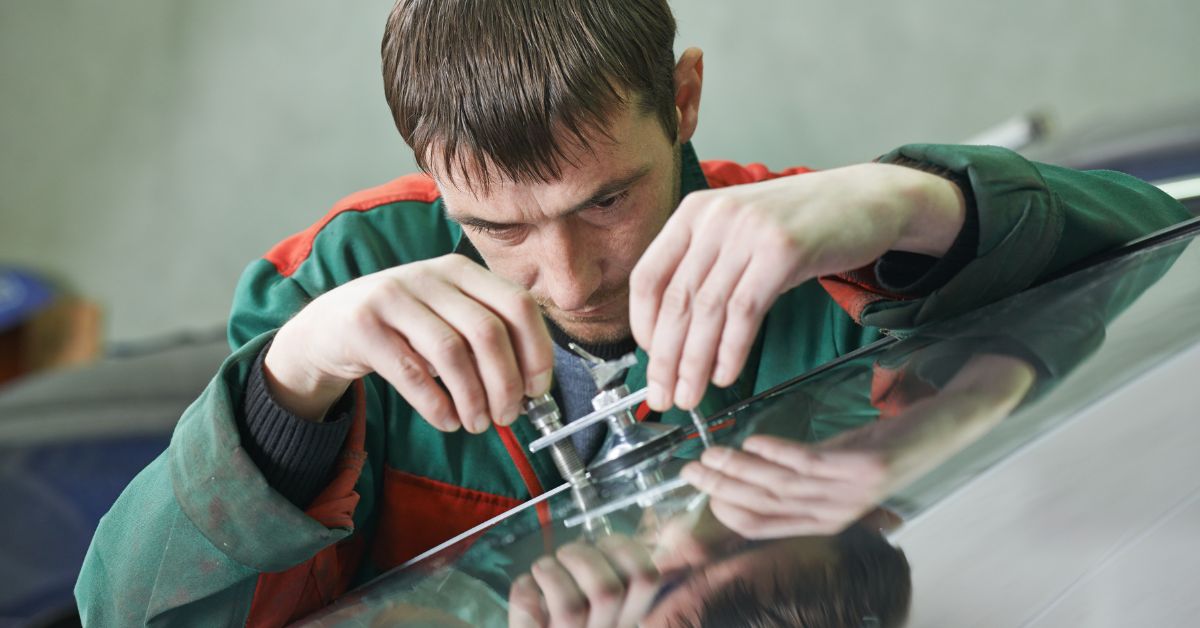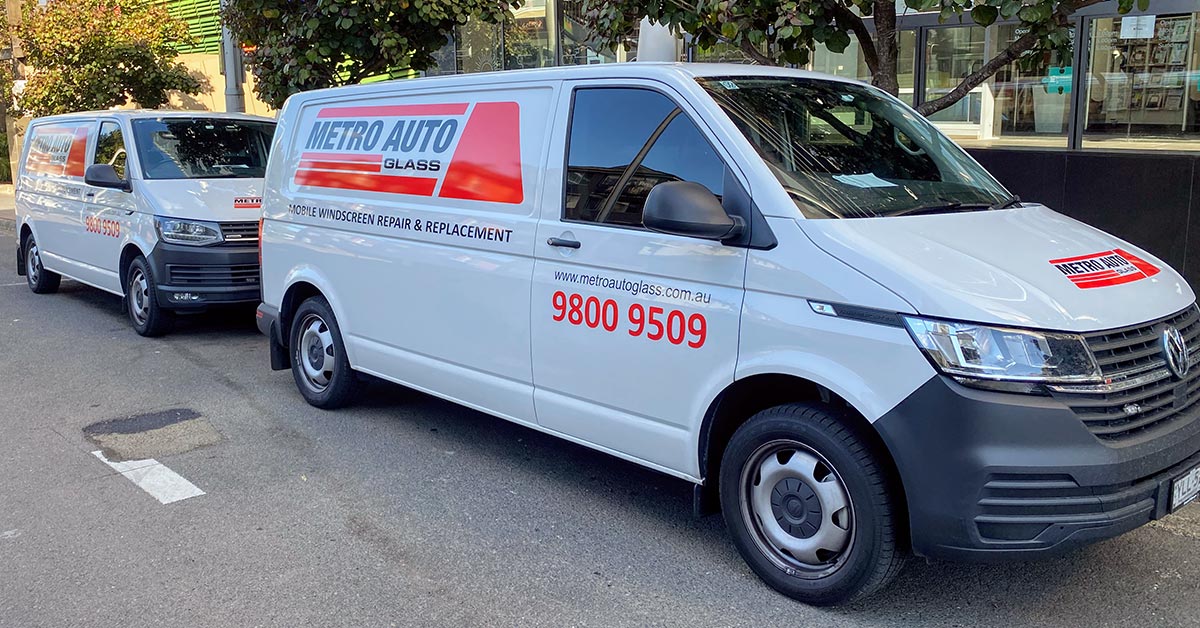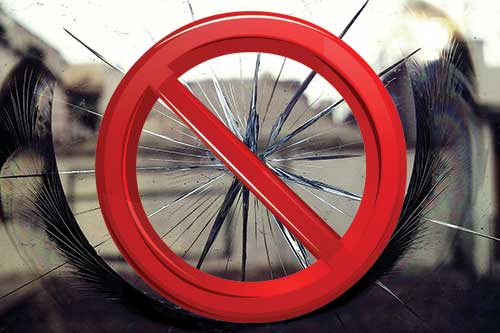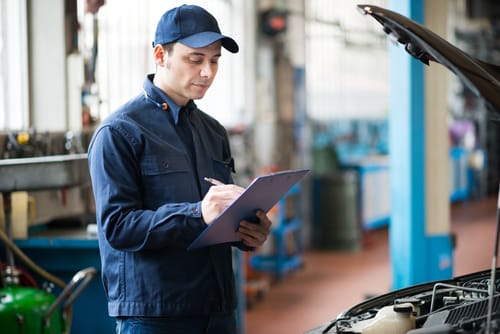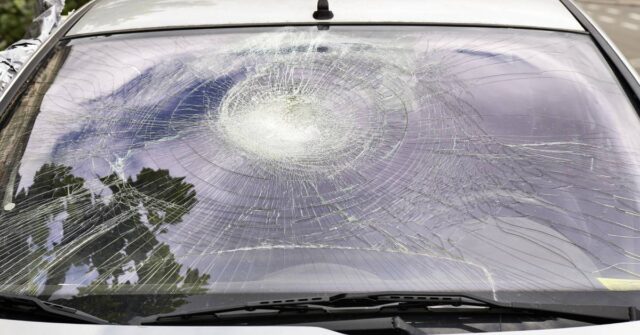When it comes to our cars, the windshield and windows are often taken for granted—until they’re damaged.
In Australia, a continent known for its rugged terrains and unpredictable weather, the integrity of automotive glass is non-negotiable.
But when a crack appears, the knee-jerk reaction is often replacement.
Let’s dive into why repairing automotive glass not only makes more environmental sense but is also a win for your wallet and the world around us.
Introduction
Welcome to a journey through the lens of automotive glass—far more than just a part of your vehicle, it’s a window into environmental stewardship.
This section lays the groundwork for our exploration, setting the stage for a deeper understanding of the choices we face and the impacts they have.
Understanding the Impact of Automotive Glass on the Environment
Automotive glass is no small player in the environmental narrative. From its creation to its disposal, each piece has a story that impacts our planet.
Glass production is energy-intensive, contributing significantly to carbon emissions. Moreover, when disposed of, it takes centuries to decompose.
In the context of Australia’s efforts to combat climate change, every piece of glass that can be saved from landfills is a victory.
Why Repairing Makes a Difference in Australia
In the land down under, where the concept of ‘reduce, reuse, recycle’ is embraced, repairing automotive glass embodies this ethos.
By choosing to repair, Australians are not only preserving natural resources but are also supporting local businesses and reducing the environmental footprint associated with manufacturing new glass.
It’s a choice that reflects the Australian way of life—resourceful, resilient, and respectful of the environment.
The Environmental Cost of Glass Production and Disposal
The story of automotive glass, from its origins in raw materials to its potential end in landfills, reveals a complex web of environmental impacts.
Here, we’ll peel back the layers of this process, examining both the costs and the opportunities for change.
How Automotive Glass is Made
Automotive glass, or safety glass, is a marvel of engineering.
It’s made through a process called float glass production, which involves melting raw materials at high temperatures before cooling them rapidly.
This process is energy-hungry, consuming large amounts of electricity and natural gas, and emitting greenhouse gases—a concern for a country battling bushfires and seeking sustainable solutions.
The Energy Intensive Process of Glass Manufacturing
Manufacturing automotive glass is like running a marathon—it requires a significant amount of energy from start to finish.
In Australia, where there’s a push towards renewable energy, the glass industry still relies heavily on non-renewable resources.
This reliance is a pressure point for the environment, highlighting the need for alternatives like repairing existing glass wherever possible.
Environmental Implications of Glass Disposal and Landfill Space
Think of landfills as the final resting place for waste that couldn’t find a second life.
When automotive glass ends up here, it doesn’t just occupy space; it also contributes to the production of methane as other waste decomposes around it.
In a country where space is plentiful but not unlimited, maximizing landfill life is crucial. Repairing automotive glass extends its life, reducing the need for this final, undesirable destination.
Benefits of Repairing Automotive Glass
Choosing to repair automotive glass opens up a spectrum of environmental benefits.
In this section, we delve into the myriad ways that this simple decision can contribute to conservation, energy savings, and much more.
Conservation of Resources
Repairing automotive glass is an exercise in resourcefulness. By fixing a chip or crack, we conserve the materials and energy that would have been used to produce a new piece.
In an era where sustainability is not just a buzzword but a necessity, this conservation is significant. It’s a small step with a big impact, aligning perfectly with Australia’s environmental goals.
Reduction in Energy Consumption
Energy is the currency of the manufacturing world, and saving it is akin to saving money.
Repairing automotive glass cuts down on the energy used in producing new glass, directly reducing greenhouse gas emissions.
It’s a clear win for the environment, demonstrating that sometimes, the best solution is not to start from scratch but to improve what’s already there.
Decrease in Greenhouse Gas Emissions
Every time we opt for repair over replacement, we’re essentially choosing to decrease our carbon footprint.
This choice is particularly poignant in Australia, where the battle against climate change is fought on many fronts.
By reducing the demand for new glass, we’re also reducing the emissions associated with its production—a simple act with profound implications.
Minimizing Waste and Landfill Contributions
Avoiding the landfill is not just about saving space; it’s about preventing pollution. Landfills are not just eyesores; they are environmental hazards.
By repairing automotive glass, we minimize our contribution to this problem, ensuring that we’re part of the solution, not the pollution.
It’s an approach that makes sense in a world where sustainability is key to survival.
Comparative Analysis: Repair vs. Replacement
The debate between repairing and replacing automotive glass is more than theoretical.
Quantifying the Environmental Savings
Let’s talk numbers. Repairing automotive glass saves approximately 75% of the energy needed to produce a new windshield.
This saving translates into a significant reduction in CO2 emissions—for every repair, we’re talking about saving kilograms of CO2 from entering the atmosphere.
In the grand scheme of things, these numbers add up, showcasing the tangible benefits of choosing repair.
Technological Advances in Glass Repair
Advancements in technology are constantly reshaping the landscape of automotive glass repair.
This section explores the cutting-edge innovations that are making repairs not just more feasible, but preferable.
Innovations Making Repair More Feasible and Durable
The field of automotive glass repair in Australia is not standing still; it’s moving, and fast.
Technological innovations have made repairs more durable and less noticeable, challenging the misconception that new is always better.
These advances mean that for most minor damages, repair is not just an environmentally friendly choice but also a smart one.
The Role of Australian Research and Development
Australia’s commitment to innovation shines through in its approach to automotive glass repair.
Local research and development efforts have been pivotal in advancing repair techniques, making them more effective and accessible.
This home-grown innovation is a testament to Australia’s role as a leader in sustainable practices, proving that big changes often start with small cracks.
Challenges and Solutions
Despite the clear benefits, the path to prioritizing repair over replacement is fraught with misconceptions and challenges.
Here, we tackle this head-on, offering solutions and dispelling myths that hinder progress.
Common Misconceptions About Glass Repair
Many believe that a repaired windshield is a compromised windshield. This is a myth.
While the strength of a repaired windscreen will never be as strong as the original glass, it is still a safer option than not repairing it at all.
Overcoming this misconception is about education, showing rather than telling, and demonstrating the strength and safety of the repaired glass.
Addressing Quality and Safety Concerns
The safety of automotive glass is paramount, and rightly so. The good news is that repaired glass meets all safety standards, thanks to stringent testing and quality control measures.
The challenge lies in communicating this effectively, ensuring drivers understand that repaired glass is not just safe but smart.
Overcoming Economic and Regulatory Hurdles
The path to making glass repair the norm is not without its bumps. Economic incentives for recycling and stricter regulations on waste disposal can help.
But more importantly, fostering a culture that sees value in repair over replacement is key.
It’s a shift that requires both policy support and public buy-in, a challenge Australia is more than capable of meeting.
How You Can Make a Difference
Your choices have power.
In this concluding section, we explore how individual decisions about automotive glass repair can ripple out to effect positive environmental change, empowering you to make informed choices that matter.
Choosing Repair: What You Need to Know
Choosing to repair your automotive glass is a powerful statement. It says you’re committed to sustainability, to supporting local businesses, and to making choices that benefit the planet.
Before you decide, get informed. Understand the process, the benefits, and the impact of your choice. It’s a decision that makes a difference, not just for your car, but for the world.
Advocating for Sustainable Practices in Your Community
Change often starts with a single voice. By advocating for sustainable practices like automotive glass repair in your community, you’re not just raising awareness; you’re sparking action.
Whether it’s through social media, community meetings, or casual conversations, your advocacy can drive change, encouraging others to make environmentally friendly choices.
Supporting Policies That Encourage Repair Over Replacement
On a broader scale, supporting policies that encourage repair over replacement is crucial. This support can take many forms, from voting for green policies to participating in local environmental initiatives.
When policymakers see that there’s a demand for sustainable options, they’re more likely to act, creating a ripple effect that benefits everyone.
Conclusion
As we near the end of our exploration, it’s clear that the choices we make about automotive glass have far-reaching implications.
This conclusion draws together the threads of our discussion, pointing the way forward to a future where sustainability is at the forefront of our decisions.
The Future of Automotive Glass: Sustainability and Beyond
As we look to the future, the role of automotive glass in our environmental efforts is clear. By choosing to repair, we’re not just fixing a piece of glass; we’re fixing a piece of the world.
It’s a choice that reflects our values, our hopes, and our commitment to a sustainable future. The road ahead is long, but with every repair, we’re getting closer to our destination—a healthier, greener planet.
Call to Action: Embracing Repair for a Greener Tomorrow
So, what’s your next move? Will you choose repair over replacement? Will you be the advocate your community needs?
The decision is yours, but remember, in the grand scheme of things, every little action counts.
Embrace repair, embrace sustainability, and together, let’s drive towards a greener tomorrow. Your windshield—and your world—will thank you.
